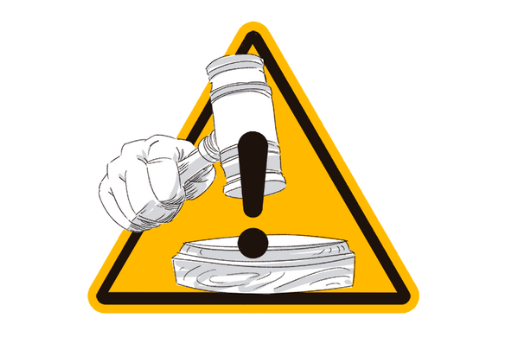
Mexico was one of the first countries to create a special prosecutor's office to investigate crimes against journalists. The Special Prosecutor for Attention to Crimes Committed against Freedom of Expression (FEADLE) was created in 2010 in response to the increase in attacks, particularly murders, against journalists. Yet, from its inception to 2021, the FEADLE has only obtained 28 convictions.
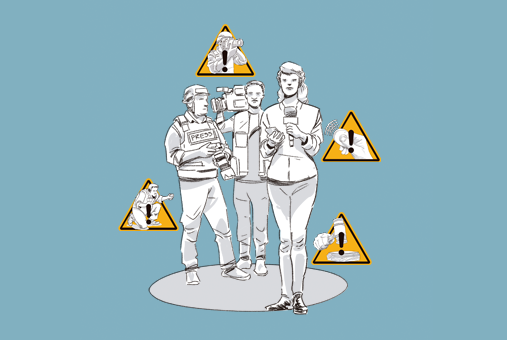
Join the Knight Center for Journalism in the Americas Tuesday, Aug. 2, for a free webinar as we launch a free multilingual ebook on journalist safety in Latin America and the Caribbean.

Statistical data shows that in the last three years, the most common response of the Guatemalan public prosecutor to cases of attacks against journalists was dismissal. Only 1 percent of the cases end up with a conviction. Under Attorney General María Consuelo Porras, the budget to investigate crimes against this profession was reduced by 77 percent.
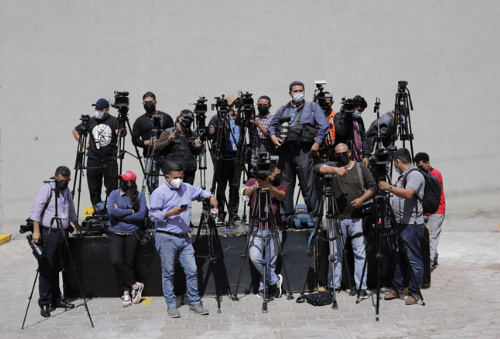
The only office that exists in Honduras to investigate violence against journalists and protect this vulnerable group is the FEPRODDHH, but it has only five prosecutors – all based in Tegucigalpa – without assigned investigators and without legal jurisdiction to investigate murders or assassinations.
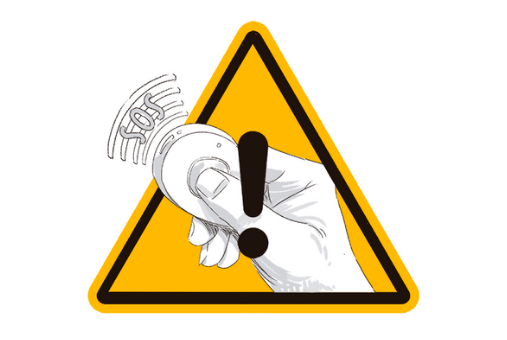
In 2018, the Association of Journalists of El Salvador presented a draft bill for the protection of journalists. After almost three years, the effort was cut short. The initiative was archived when the ruling Nuevas Ideas party took control of the Legislative Assembly. The parties that resumed the discussion at the last minute hold each other responsible for the lack of approval.

Exactly a decade ago, the government of Guatemala committed to creating a plan to protect press workers in the face of growing attacks. That happened in 2012 during a government favorable to the idea, yet all these years later, it still hasn’t been achieved. Some journalists point to a distrust between the government and the press as a source of the problem.

Like other countries in the region, discussions are already taking place in Bolivia to establish a protection mechanism for journalists that would limit violence against them. For now, the projects are confidential, but the violence against journalists that launched them is visible.

As violence against journalists has increased in Latin America, several countries have created protection mechanisms designed to implement safety measures for journalists reporting attacks or threats against them.
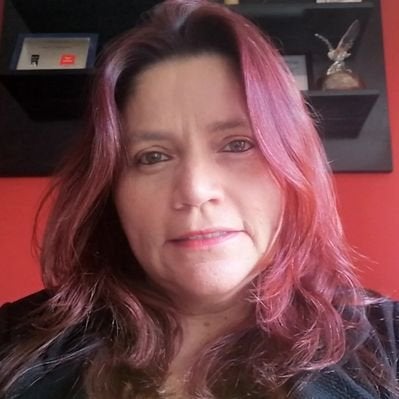
When she found irregularities in the handling of her data, Colombian journalist Claudia Julieta Duque returned her protection mechanism. Duque denounced having since suffered at least two serious security incidents. She also condemned the lack of compliance by the part of the State with the precautionary measures granted to her by the Inter-American Commission on Human Rights (IACHR).
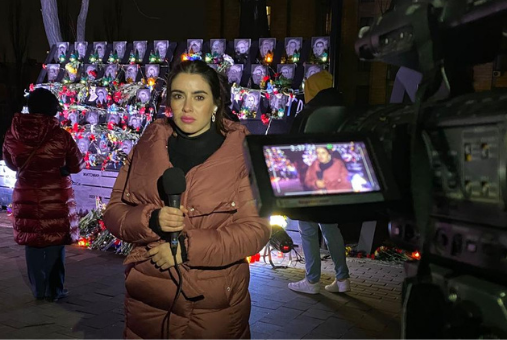
An Argentine, a Chilean and a Brazilian share the challenges they have faced while covering the conflict from the front lines of this Eastern European country. A dangerous environment is not the only obstacle and challenge for journalists in Ukraine. The logistics of coverage have also been complex.